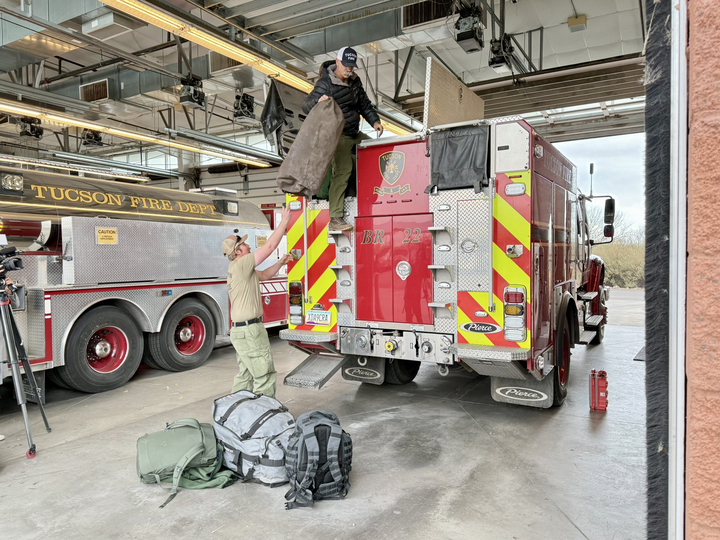TEMPE, Ariz. — The Arizona Board of Regents examined ways to enhance performance metrics, increase state funding and address campus safety concerns during its meeting on Thursday.
Tom Anderes, president of the board, explained that the three state universities receive less and less money from the state each year. Performance-based funding, which would link state funding with gains in certain performance metrics will allow the state to give universities funds for reaching more targeted goals, he said. The metrics include areas such as productivity, research, competitiveness and workforce impact.
Expanding online programs to serve a greater number of students and partnering with community colleges are just a few ways to increase these metrics, Anderes said, but the only way to increase access to Arizona universities is to keep tuition affordable.
“Clearly, our tuition rates have increased, there’s no question about that,” he said, adding that many other public universities in the nation face similar problems. “Low-cost options are more and more part of the dialogue we are going to have.”
Mark Killian, treasurer of the board, asked why the state universities would want to “push” tuition to the median of their peer institutions instead of offering to possibly lower tuition rates while maintaining a high quality rate.
“I don’t understand why we (the regents) aren’t exploring the concept of going back to the Legislature and saying, ‘We need more money,’” he said. “We’re pricing our local people (students) out of business here.”
One of the reasons the state cannot justify funding higher education in Arizona is because many students who come into the university system simply aren’t ready, said UA President Eugene Sander. Many first-year UA students have difficulty passing a “routine” math exam, he said, and students who do poorly at universities often belong in trade schools or were never interested in completing their bachelor’s degree in the first place.
“When my car isn’t running, I don’t need a sociologist,” Sander said. “If they (these students) went into technical education, they could get a job in the marketplace and do well.”
The most important thing to remember when it comes to performance funding, Sander said, is that all three in-state universities have different missions and locations. About 40 percent of the UA’s budget comes from the state’s general fund and tuition, while the other 60 percent comes from research expenditures. This is unlike Arizona State University or Northern Arizona University, which have smaller research endowments. Therefore, the UA must maintain its status as a leading research institution and be competitive in a national marketplace, he said.
“If we can’t do something with exceptional quality, let another university do it,” Sander said. “It’s selective excellence versus uniform mediocrity.”








